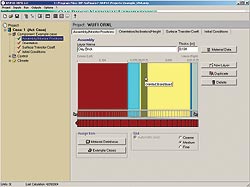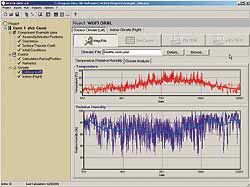High-Performing Envelopes Demand Know-How
Deringer emphasizes that these guidelines do not require an outside commissioning agent: "It's okay if an architecture or engineering firm commissions its own projects, as long as the people who undertake the quality-control work are different from those who do the design."
|
An attached series of annexes will provide specific tools, delve further into certain key topics, and discuss issues pertinent to particular building projects. It is within the annexes that readers will be presented with actual case studies. The proposed annexes include:
- Commissioning Process Flowchart
- Roles and Responsibilities of the Commissioning Team Members
- Owner's Project Requirements Checklist
- Basis of Design
- Exterior Enclosure Specifications
- Construction Checklists
- Systems Manual
- Integration Requirements
- Interference and Coordination with Other Systems
- Communications: What, When and Who
- Test Procedures and Data Forms
- Performance Criteria
- Example Calculation Procedures and Tools
The Enclosure Commissioning Committee, which includes architects, engineers, builders, scientists, and representatives from building-owner organizations, plans to have a draft available for public comment by summer. Once finalized later this year, the Exterior Enclosure guideline will be a voluntary NIBS document available from either ASHRAE or NIBS to encourage best practices in the industry.











